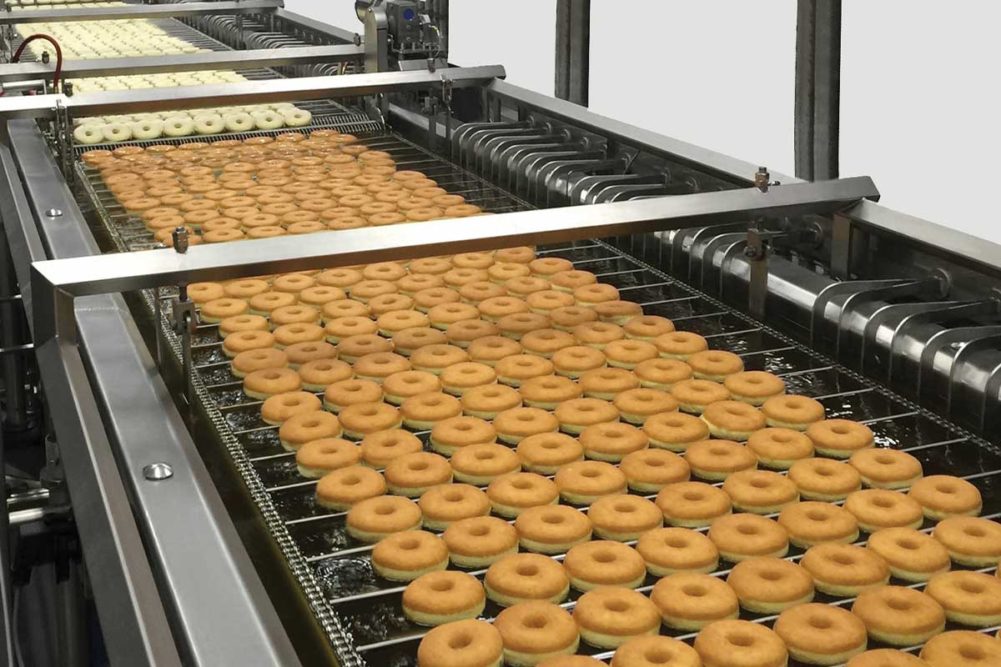With gallons of hot oil in a fryer, safety is paramount.
“Anytime you’re dealing with hot oil there are certain safety concerns,” said David Moline, vice president of sales and marketing, Moline Machinery. “We can go above and beyond the regulations required for safety in a fryer.”
Matt Asplund, application engineering manager, Heat and Control, said that with the large operator turnover at bakeries and snack makers, systems have been advanced to ensure safety even among inexperienced operators.
“In frying operations, a significant hazard is the potential to introduce water into hot oil leading to hazardous spray, or worse,” he said. “This problem is exacerbated as additional filtration systems and accessories are added to a fryer creating potential places for water to collect or to remain in the system. Fryer safety systems have been advancing to address this hazard.”
Damian Morabito, chief executive officer of Topos Mondial Corp., said his company ensures safety in many ways, including remotely monitoring temperatures in their customers’ flue stacks, which take the byproducts of the combustion of gas away.
“We’re monitoring those flue stacks temperatures, and that’s telling us a lot of information about the performance of the fryer,” he said. . Is it too hot? Is it too cool? You want that flue temperature to be cool, cooler is better as it denotes peak heat transfer performance and efficiency of the gas energy into the frying oil … We have to shut it down if we get to a certain temperature. That’s the safety element.”
Nicola Menardo, president of TP Food Group — North America Inc., said TEC fryers have several safety features, including transparent panels around the frying area, insulation around the frying pan and frying oil management system and more.
This article is an excerpt from the August 2023 issue of Baking & Snack. To read the entire feature on Frying, click here.





